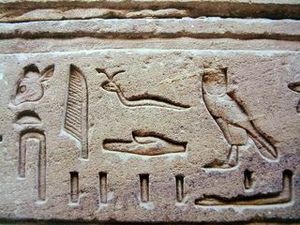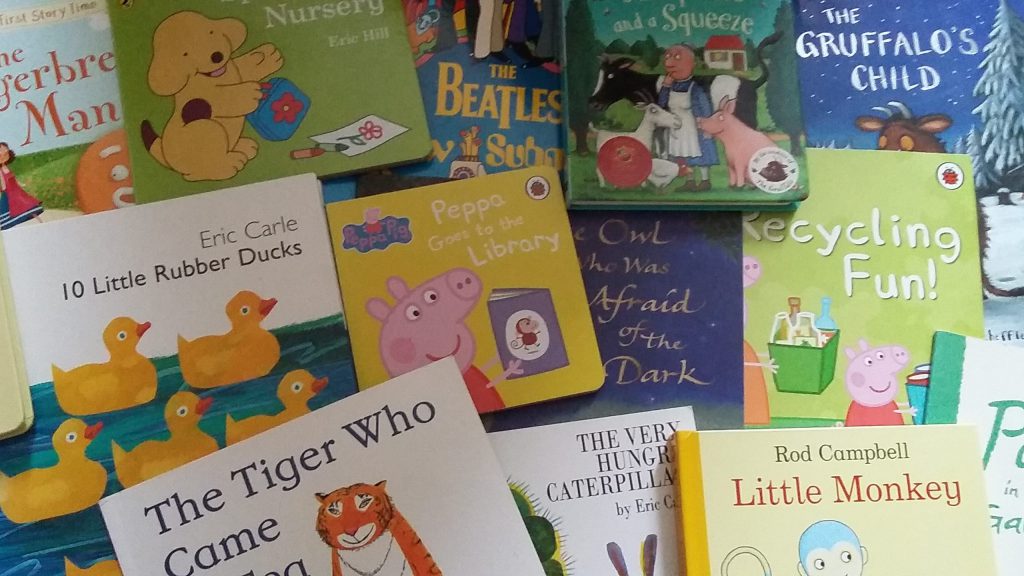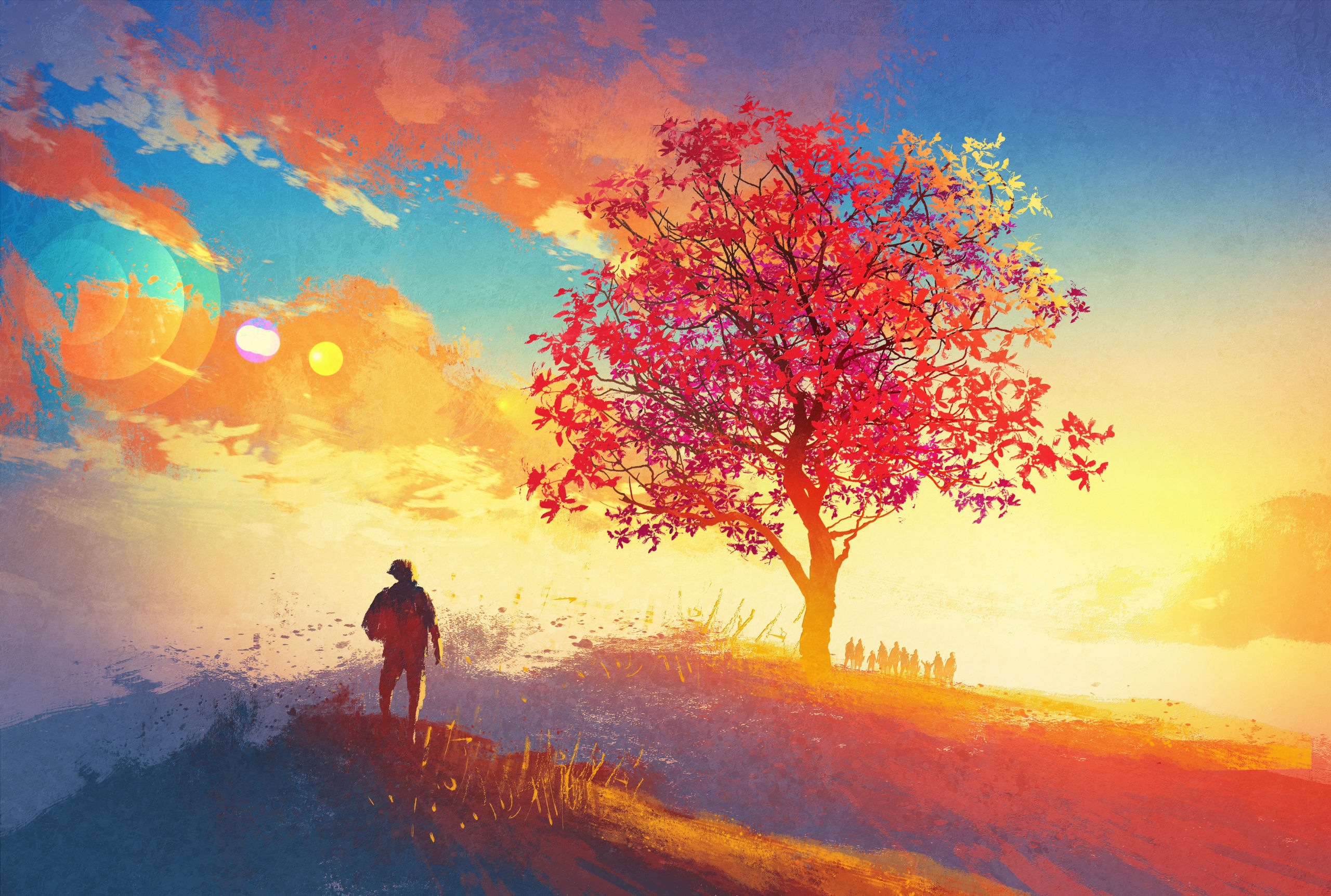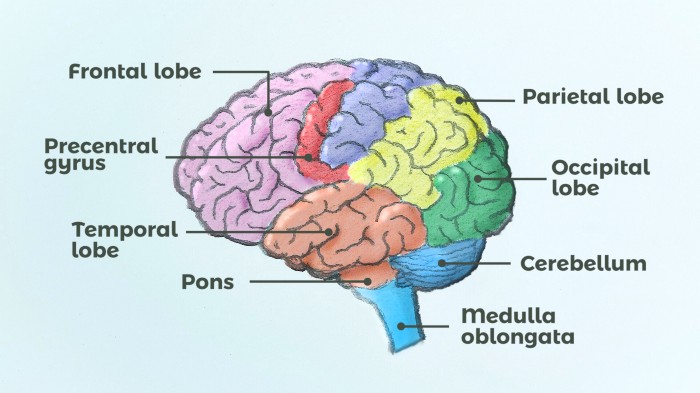Where stories originated and how they stimulate our brains.

Storytelling is fundamental for humans and provides a way for us to understand the world around us…
The need to engage oneself in stories is everlasting and dates back millions of years. In The Stone Age, early homo sapiens would paint using natural materials and carve pictures into rock using items such as stone and bones. – In the early stone age their ability to speak was greatly limited, but these pictures were their way of telling their stories and expressing themselves. Then, much later in human history, came advanced language, religious scriptures; different ideologies and prophesy’s from all across the world. Hieroglyphs from the Egyptians, Native American’s Legends and as we get a little more modern; Shakespear, Musical’s, and Defoe’s Robinson Crusoe.
Evidently, humans are natural storytellers.
From the moment we are born, we hear stories of The Ugly Duckling, A Very Hungry Caterpillar and imaginary tales; Santa, The Tooth Fairy, The Easter Bunny. Unable to differentiate between fact and fiction as innocent children, we believe in the imaginary tales simply because we are told they are true — despite there being no proof. As children, we are intrigued by pretty much everything — asking on average 288 questions a day — improving creativity and imagination; which are brilliant skills to have. This also follows us into adulthood, as we often believe the information we read without doing any fact-checking behind it — which is probably why conspiracy theories have such a vast amount of followers and believers. 
Teaching using stories is a popular method.
Using fables and myths to highlight a moral lesson. An example would be in the fox and the sheep, the fox disguised as a sheep can sneak into the field undetected; showing us looks can be deceiving. Teachers at school used to tell me, “A few years ago, a child didn’t line up properly on the escalator. He fell and died”. “I saw a child leaning back in his chair like you are now, he smashed his head to pieces”. Whilst not the most creative or fact-filled story (as it was only ever one kid a few years ago), these kinds of stories are used to try and persuade behaviour. Often working as most children would immediately flick their chairs back up to avoid sudden death.
Our brains are wonderfully stimulated by stories…
that it can change the way we act. Studies show Novel’s are proven to transform the way we think, meaning we can even imagine ourselves as being the main character.
Books such as self-help books have been described as ‘life-changing’. By using a persuasive tone and particular use of words, the author’s writing ability can inspire us to change our entire way of thinking. Meaning you can convince good behaviour with the correct wording — cute. However, my view of this has been swayed slightly by reading The Subtle Art of Not Giving A Fuck by Mark Manson (I am now much less likely to entertain a self-help book, proving words can convince us to think how we are told too).
 Not only is the language section of the brain triggered by listening to stories — but the area of our brain we would use if we were experiencing the words we are listening too, is also switched on. 65% of our conversation is made up of gossip or personal stories, most people like to be able to relate to the story they are hearing.
Not only is the language section of the brain triggered by listening to stories — but the area of our brain we would use if we were experiencing the words we are listening too, is also switched on. 65% of our conversation is made up of gossip or personal stories, most people like to be able to relate to the story they are hearing.
When in conversation, our brains search for any relatable content we have experienced. Whether that be happiness, pain, heartbreak, or fear; that content alerts our right supramarginal gyrus – the part of the brain to assist with empathy.
Evolution has formed us to think in narratives constantly throughout life. From cleaning to thinking about our family, to building a new computer – every action is a short story in our head.
There are an indefinite amount of books in the world, so it’s hard to use the excuse “I can’t find anything I want to read.”
Especially as people want to read everything they see on social media. – Most would spook at the idea of having no access to other people’s lives – we have a thirst for information. We read, write, share, and tell stories on a day-to-day basis, probably more often than most people notice. Think about it for the day; how many stories — fact or fiction, personal or otherwise – you hear or share.
Further strides into the breach of storytelling can be found here – the role of the wilderness in story telling and here – Our natural born propensity to conspiracy theories






Leave A Comment